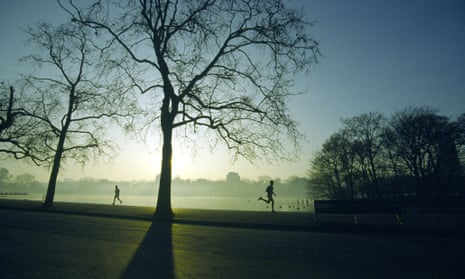We all want to be fit, healthy and happy but the best intentions – whether it’s to jog to the shops, eat a balanced diet or strike a better work-life balance – can often elude us.
At least some of the blame can be laid at the feet of those who design the city spaces some of us call home. Many aspects of city living discourage the kinds of lifestyles that can contribute to our health and wellbeing. We know that car-dependent, city suburbs struggle to create neighbourhoods that encourage walking, but they’re not the only ones.
Here are five mistakes that are often made when designing new developments in urban areas — and suggestions for how to create healthier communities.
Erecting too many fences, gates and barriers
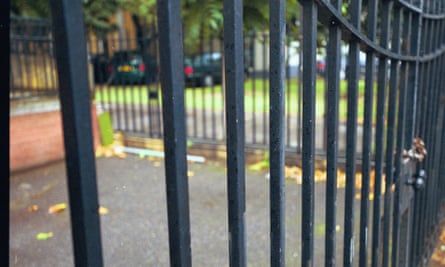
Getting up and out is often the first step in leading a healthier lifestyle. But in the name of safety and security, new developments often include too many gates and barriers. Developers are often simply doing what they think is safest. But while these measures can reduce crime, they also discourage people from walking around their neighbourhood. Sometimes imposing too many gates and barriers can have the opposite effect and make areas less safe. It can lead to empty ground floors where no one walks, or fenced-in courtyards that feel uninviting.
Instead of using gates, designers can draw attention to the street by encouraging people to walk through outdoor spaces to get to local amenities, creating bustling shared spaces that are safe and encourage people to walk.
Failing to find out what residents really want
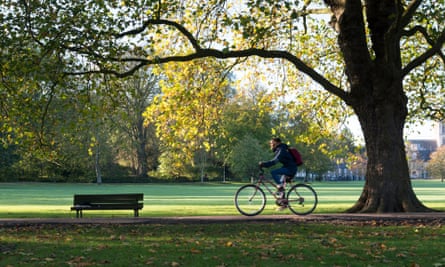
Who better to identify the missing green space, unhealthy food and poor exercise facilities in a community than the people themselves? Traditional community consultation has always been the traditional method for understanding what a community might want, but it can be time-consuming and doesn’t always provide the best results as it often attracts the same few voices with the same few desires.
But the internet allows many more voices to have their say on where they live. Websites such as Spacehive allow communities to suggest improvements to their areas and crowdfund the money to help it happen. Whether it is better running routes, outdoor gyms or cycle paths, developers that invest in ideas put forward by the community can get a better idea of what their residents actually want and lessen the risk of wasting money on projects that they don’t.
Forgetting about the extra services

Whether it’s providing a car-sharing scheme, a secure bike storage space, a co-operative food growing project or having a doorman who takes deliveries and lets in the builder, developments that offer healthy lifestyle services and save residents time could ease stress and make developments more liveable as cities densify.
Shared services in buildings have the added benefit of helping foster a sense of shared responsibility, bringing people together to maintain amd enjoy their shared spaces, while also freeing up time in people’s schedules to hit the gym, go for a run, or spend time with their families. Secure bike lockers or a cycle-share scheme can remove the hassle of trying to store a bike in a small flat and encourage people to cycle to work.
Designing green spaces nobody wants
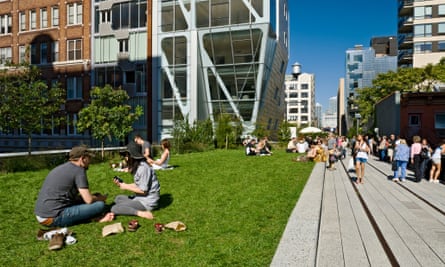
Getting people to explore their wider neighbourhood by foot or bicycle requires it to be an attractive proposition. There’s a reason city-dwellers head to large parks to walk the dog or jog. While developers are increasingly building green spaces in developments, they tend to be afterthoughts: small, isolated patches of grass that seem better suited to dogs doing their business than going for walk or exercising.
Developers should instead build networks of green spaces that allow citizens to walk through their neighbourhoods surrounded by vegetation and clean air – rather than concrete and car fumes. These parks could be new or even be repurposed from existing infrastructure – New York’s High Line in Manhattan (pictured), for example, is a 1.5-mile long park built on a disused elevated railroad high above the traffic.
Failing to design a friendly neighbourhood first
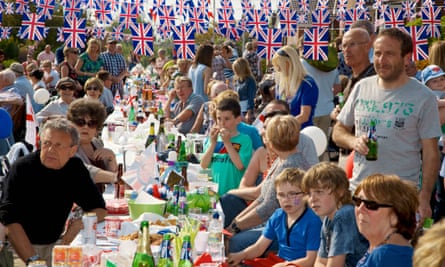
A healthy lifestyle isn’t just about being physically active: it’s vital that communities provide a friendly environment in which all its members are happy and positive about where they live. While building high-quality and attractive environments, developers should also ensure that they consider how their future residents will interact with each other.
Research suggests that front doors onto the street, balconies with a social distance of up to 10m, front porches and steps on which to dwell all contribute to neighbours’ tendency to be sociable. Visible life in streets is also important to attracting people out, so spaces for children to play and clear visibility to the street can create feelings of safety and comfort. Being visible to our neighbours — at comfortable distances and not on top of one another — is crucial to making neighbourhoods more sociable.
Claire Mookerjee is the project lead for urbanism at Future Cities Catapult
Sign up for your free Guardian Housing network newsletter with news and analysis sent direct to you every Friday. Follow us: @GuardianHousing
